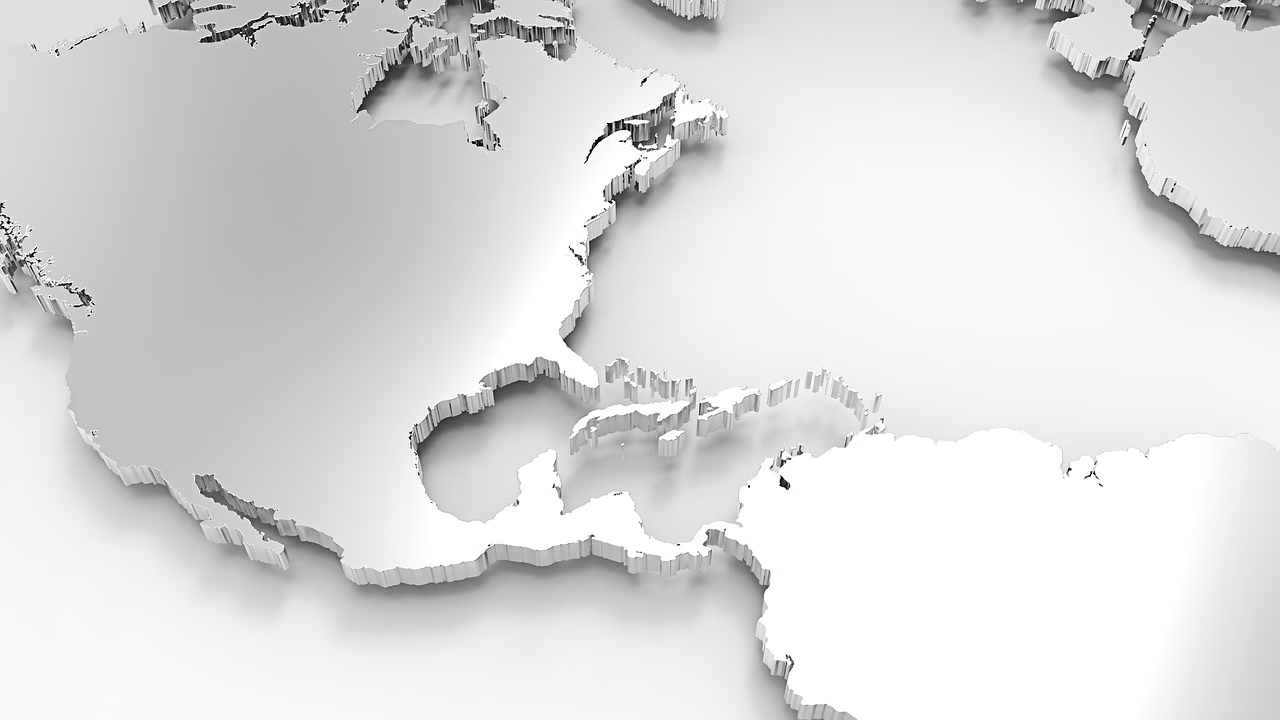3D Mapping is a powerful sculpting process designed to help individuals and teams observe and inquire into a current situation to bring about transformation. Whether applied to personal development or collective systems, 3D Mapping offers a unique way to gain 360-degree insight into the underlying causes, shaping factors, and emerging possibilities within a system. In this post, we’ll explore how you can use this transformative tool effectively.
What Is 3D Mapping?
3D Mapping involves using objects and symbols to externalize a current reality and gain perspective. By arranging these materials in a model or sculpture, participants can visually represent relationships, dynamics, and forces at play. This externalized view helps surface new insights and activate inherent possibilities for transformation.
Purpose of 3D Mapping
Understand the Current Reality: Gain clarity on systemic causes and shaping factors through symbolic representation.
Activate Emerging Possibilities: Sense the future that is wanting to emerge and take steps toward activating it.
The Four Archetypes of 3D Mapping
At the heart of the 3D Mapping process are four archetypes—universal aspects of the human psyche that offer different perspectives:
Lover (East): Relational leadership, emotional intelligence, and feelings.
Warrior (South): Action-oriented leadership, hard truths, and practicality.
Magician (West): Perspective leadership, reflection, and pattern recognition.
Sovereign (North): Visionary leadership, purpose, and understanding.
Drawing from Indigenous teachings and symbolic use of cardinal directions, these archetypes help participants engage with their models through unique lenses to unlock deeper wisdom and insights.
How to Conduct 3D Mapping Online
For Individuals
Set Up (10-15 minutes):Introduce yourself and decide on roles: Sharer (who creates the model) and Guide (who facilitates the process).Using available materials (e.g., pens, paperclips, natural objects), sculpt a model of your current situation, including a symbol for yourself.Describe your sculpture, explaining the relationships and dynamics between elements.
Guided Reflection (20 minutes per person):The Guide asks the Sharer reflective questions from four perspectives (outlined below).The Sharer reflects and voices responses while the Guide listens attentively without reframing or advising.Switch roles and repeat the process for the other participant.
For Teams
Set Up (30-40 minutes):Share intentions for the focus area of transformation.Each team member creates a sculpture representing the current situation of the system. Place your camera to show your sculpture on screen.Briefly explain your sculpture, naming elements and their relationships.Adjust sculptures collectively, informed by shared insights.
Guided Reflection (30-40 minutes):Reflect on the sculptures from the four archetypal perspectives, taking turns answering the questions.Adjust your sculpture to represent the emerging future and share your changes with the team.
Reflection Questions: The Guided Script
Lover (East): Relational Leadership
What do you love about this sculpture?
What emotions arise as you observe it?
If each emotion could speak, what would it say?
Warrior (South): Action Leadership
What are the key conflicts and hard truths in this situation?
Magician (West): Perspective Leadership
What is ending or “wanting to die” in this situation?
What is emerging or “wanting to be born”?
Sovereign (North): Visionary Leadership
What is this situation trying to teach you?
What is the deeper purpose or call of the future that you feel now?
Taking Action
After reflecting, participants can adjust their sculptures to better represent the emerging future they envision. Document key insights and identify the simplest next steps to bring that future to life.
For teams, collaboratively identify 2-3 strategic leverage points that align with your shared vision for transformation.
Why Use 3D Mapping?
3D Mapping is a versatile tool that can be applied to individual or collective challenges. It provides:
A clear and tangible way to visualize complex dynamics.
A structured yet creative process for gaining fresh perspectives.
A way to connect deeply with emotions, truths, and possibilities.
Final Thoughts
At Paruto, we believe in empowering individuals and teams to unlock their full potential through innovative tools like 3D Mapping. Whether you’re navigating personal growth, organizational change, or collective transformation, this process can help you see and shape the future with clarity and purpose.
Are you ready to transform your perspective and activate the possibilities within your system? Let us know how we can support you on this journey.
Additional Resources
Explore more on the archetypes in the work of Robert Moore & Douglas Gillette.
Thanks to The Ashland Institute for synthesizing this process. Learn more at www.ashlandinstitute.org.
You may also check online for a video overview by PI Faculty colleague Martin Kalungu-Banda for step-by-step guidance.
What Is 3D Mapping?
3D Mapping involves using objects and symbols to externalize a current reality and gain perspective. By arranging these materials in a model or sculpture, participants can visually represent relationships, dynamics, and forces at play. This externalized view helps surface new insights and activate inherent possibilities for transformation.
Purpose of 3D Mapping
- Understand the Current Reality: Gain clarity on systemic causes and shaping factors through symbolic representation.
- Activate Emerging Possibilities: Sense the future that is wanting to emerge and take steps toward activating it.
The Four Archetypes of 3D Mapping
At the heart of the 3D Mapping process are four archetypes—universal aspects of the human psyche that offer different perspectives:
- Lover (East): Relational leadership, emotional intelligence, and feelings.
- Warrior (South): Action-oriented leadership, hard truths, and practicality.
- Magician (West): Perspective leadership, reflection, and pattern recognition.
- Sovereign (North): Visionary leadership, purpose, and understanding.
Drawing from Indigenous teachings and symbolic use of cardinal directions, these archetypes help participants engage with their models through unique lenses to unlock deeper wisdom and insights.
How to Conduct 3D Mapping Online
For Individuals
- Set Up (10-15 minutes):Introduce yourself and decide on roles: Sharer (who creates the model) and Guide (who facilitates the process).Using available materials (e.g., pens, paperclips, natural objects), sculpt a model of your current situation, including a symbol for yourself.Describe your sculpture, explaining the relationships and dynamics between elements.
- Guided Reflection (20 minutes per person):The Guide asks the Sharer reflective questions from four perspectives (outlined below).The Sharer reflects and voices responses while the Guide listens attentively without reframing or advising.Switch roles and repeat the process for the other participant.
For Teams
- Set Up (30-40 minutes):Share intentions for the focus area of transformation.Each team member creates a sculpture representing the current situation of the system. Place your camera to show your sculpture on screen.Briefly explain your sculpture, naming elements and their relationships.Adjust sculptures collectively, informed by shared insights.
- Guided Reflection (30-40 minutes):Reflect on the sculptures from the four archetypal perspectives, taking turns answering the questions.Adjust your sculpture to represent the emerging future and share your changes with the team.
Reflection Questions: The Guided Script
Lover (East): Relational Leadership
- What do you love about this sculpture?
- What emotions arise as you observe it?
- If each emotion could speak, what would it say?
Warrior (South): Action Leadership
- What are the key conflicts and hard truths in this situation?
Magician (West): Perspective Leadership
- What is ending or “wanting to die” in this situation?
- What is emerging or “wanting to be born”?
Sovereign (North): Visionary Leadership
- What is this situation trying to teach you?
- What is the deeper purpose or call of the future that you feel now?
Taking Action
After reflecting, participants can adjust their sculptures to better represent the emerging future they envision. Document key insights and identify the simplest next steps to bring that future to life.
For teams, collaboratively identify 2-3 strategic leverage points that align with your shared vision for transformation.
Why Use 3D Mapping?
3D Mapping is a versatile tool that can be applied to individual or collective challenges. It provides:
- A clear and tangible way to visualize complex dynamics.
- A structured yet creative process for gaining fresh perspectives.
- A way to connect deeply with emotions, truths, and possibilities.
Final Thoughts
At Paruto, we believe in empowering individuals and teams to unlock their full potential through innovative tools like 3D Mapping. Whether you’re navigating personal growth, organizational change, or collective transformation, this process can help you see and shape the future with clarity and purpose.
Are you ready to transform your perspective and activate the possibilities within your system? Let us know how we can support you on this journey.
Additional Resources
- Explore more on the archetypes in the work of Robert Moore & Douglas Gillette.
- Thanks to The Ashland Institute for synthesizing this process. Learn more at www.ashlandinstitute.org.
- You may also check online for a video overview by PI Faculty colleague Martin Kalungu-Banda for step-by-step guidance.

